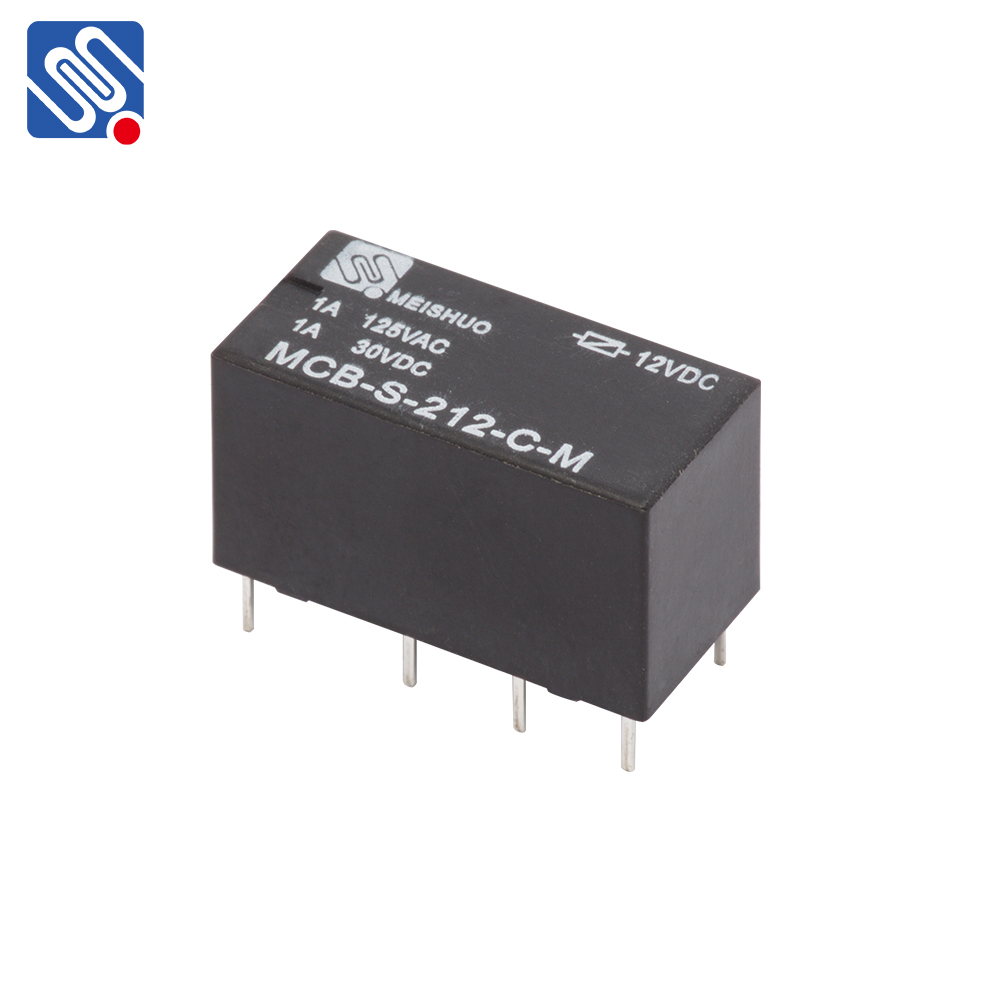understanding relay signals: essential elements in electrical control systems
Release time:2025-10-18 06:14:57
Relay signals play a crucial role in electrical and automation systems, offering a reliable and efficient means of controlling high-power devices with low-power control signals. This fundamental technology is embedded in everything from industrial automation to everyday household appliances, providing a safe and convenient way to control electrical circuits. Understanding relay signals and their functionality is key for anyone working with electrical engineering or automation systems.

What Are Relay Signals?
At its core, a relay is an electrically operated switch that allows a small electrical signal to control a much larger one. Relay signals refer to the control signals sent to activate or deactivate the relay, causing it to either open or close its switch. This interaction between the control signal and the relay switch is essential for regulating various electrical devices in a controlled manner.
When a relay is energized by the control signal (typically a low-voltage signal), an electromagnet within the relay generates a magnetic field. This magnetic field either attracts or repels a set of internal contacts, changing the state of the switch (from open to closed or vice versa). The switch action then enables or disables the flow of electricity to the larger system, such as an electric motor or a lighting system.

